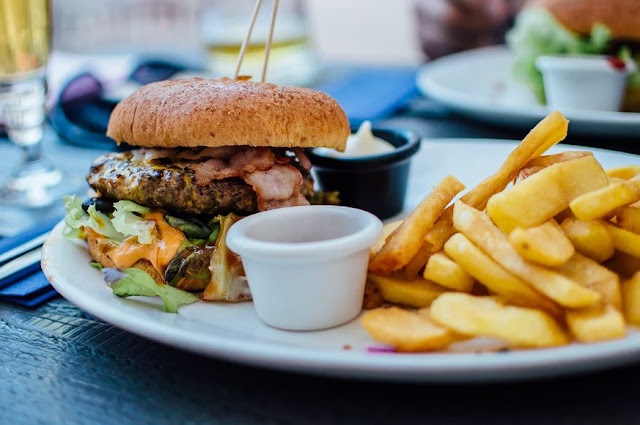Featured
- Get link
- X
- Other Apps
Trans fatty acids: related risks and how to avoid them

We mentioned trans fats when we talked about the low- fat
diet or the calories of snacks .
In essence, hydrogenated fatty acids are unsaturated lipid
molecules that continue to threaten health.
Hydrogenated Fats - What Are They?
What are hydrogenated fats ? The trans fatty acids are
unsaturated fats, is worth keeping a double bond "cis" and "trans"
within their structure.
The quality of the double bond depends on the position of
the hydrogen atoms: “cis” on the same side or “trans” on the opposite side.
This kind of fat in natural form has always existed or at
least since humans began to consume milk and meat.
Instead, the danger comes from artificial trans fats,
industrial or hydrogenated fats created by enlarging the hydrogen molecules in
vegetable oils to transform them from the liquid form to the solid form.
The unsaturated fatty acids are saturated depending on the
needs through the hydrogenation process (breaking the double bonds with the
addition of high blood pressure, hydrogenated gas and catalyst metal).
All the risks of trans fats
Ingesting of trans fatty acids has been linked to thousands
of cases of cardiovascular disease and various health problems.
The reason lies in the datum that the human body does not
have mechanisms predisposed to the metabolic transformation of these fatty
acids.
For this aim, the World Health Organization has issued a
guide aimed at eliminating industrially produced trans fats .
• Heart
attack - The studies carried out underline their ability to worsen the
transport of fats by lipoproteins and increase the percentage of
"bad" cholesterol.
• Diabetes
- Some research has linked their consumption to diabetes risk factors, first of
all insulin sensitivity and increased blood sugar.
• Inflammation
- The consumption of trans fats could increase inflammatory episodes and
predispose to chronic diseases such as arthritis and metabolic syndrome.
• Blood
Vessels - Trans fats would be able to increase cholesterol in the walls of
blood vessels, but also negatively affect their ability to dilate.
• Cognitive
degeneration - The negative implications at the cellular level also affect the
functionality of the nervous system.
Foods rich in trans fats
Industrially produced foods are very rich in trans fatty
acids, especially because they are cheap and long lasting. But what foods are
hydrogenated fats in ?
Wanting to make a list of foods rich in trans fatty acids,
we could put all products containing margarines and fried foods first.
Don't forget that trans fats are also present in foods that
tend to be rancid due to exposure to oxygen, light, bacteria, and more.
Of progression it is also possible to find them in milk and
derivatives and in meat due to the molecular transformation carried out by the
bacteria of the stomach of animals, but these are natural forms and
non-relevant percentages.
Red light therefore on industrial, pre-packaged and
long-life products such as margarine, snacks, savory snacks, frozen fries,
popcorn in bags, cubes, preparations for soups, junk food, frozen in
breadcrumbs and aged cheeses.
How to defend against trans fats?
The goal of world health organizations is to completely
eliminate the presence of trans fats in food production.
Until then, however, it is possible to defend oneself by choosing products with "no trans fat" labels (less than 0.5 grams per serving), eliminating processed foods or foods linked to the words "hydrogenated" or "partially hydrogenated".
- Get link
- X
- Other Apps

